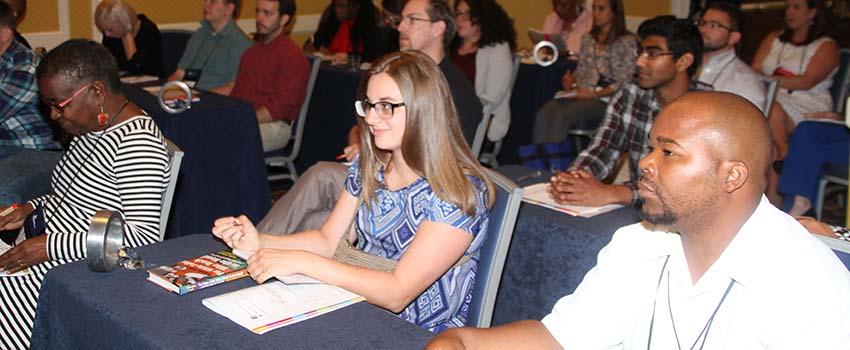USA-Pathways to Mathematics

Project Summary
The Pathways to Mathematics (PTM) program emerged to address the shortage of teachers in the South Alabama region in both urban and rural schools. Over the last two decades, shortages of certified teachers in mathematics have plagued schools in Alabama. Rural and high need urban schools have had a difficult time recruiting and retaining highly qualified mathematics teachers. The program trains teachers using the Alternative Master’s program to train second career candidates and those who already had degrees in mathematics or a related field who want to become mathematics teachers. The program has used the alternative master’s approach so that the teachers that graduate have advanced work in mathematics and an advanced certificate.
Project Goals & Impacts
The PTM project has three goals associated with it. These three goals center on increasing the numbers of mathematics teachers in the South Alabama region. Each goal is described in greater detail below.
- PTM will prepare a total of up to 25 mathematics teachers (over the five-year period)
who will be certified to teach mathematics at the secondary level. PTM seeks to create
a steady stream of future alternative master’s degree mathematics education majors,
which in turn will increase the number of mathematics teachers available to teach
in local school systems.
PTM will enhance middle and high school student achievement by providing certified mathematics teachers in high needs schools that currently lack certified math teachers.
PTM will create a replicable model to provide ongoing mentoring and professional development for novice mathematics teachers that will increase the likelihood that they will be retained and become career teachers.
Project Leadership
P.I. - Dr. André M. Green, College of Education and Professional Studies
Co-P.I. – Dr. Madhuri Mulekar, College of Arts and Sciences
Co-P.I. – Bishop State College
Fund Source
National Science Foundation, Division of Undergraduate Education, Robert Noyce Teacher Scholarship Program


